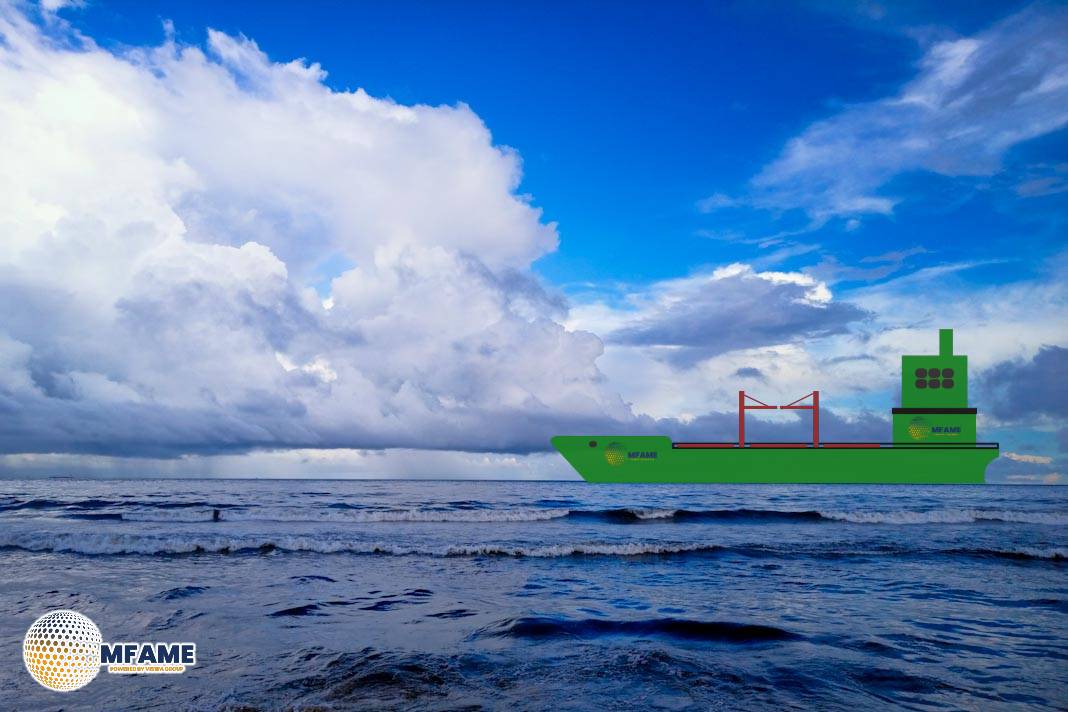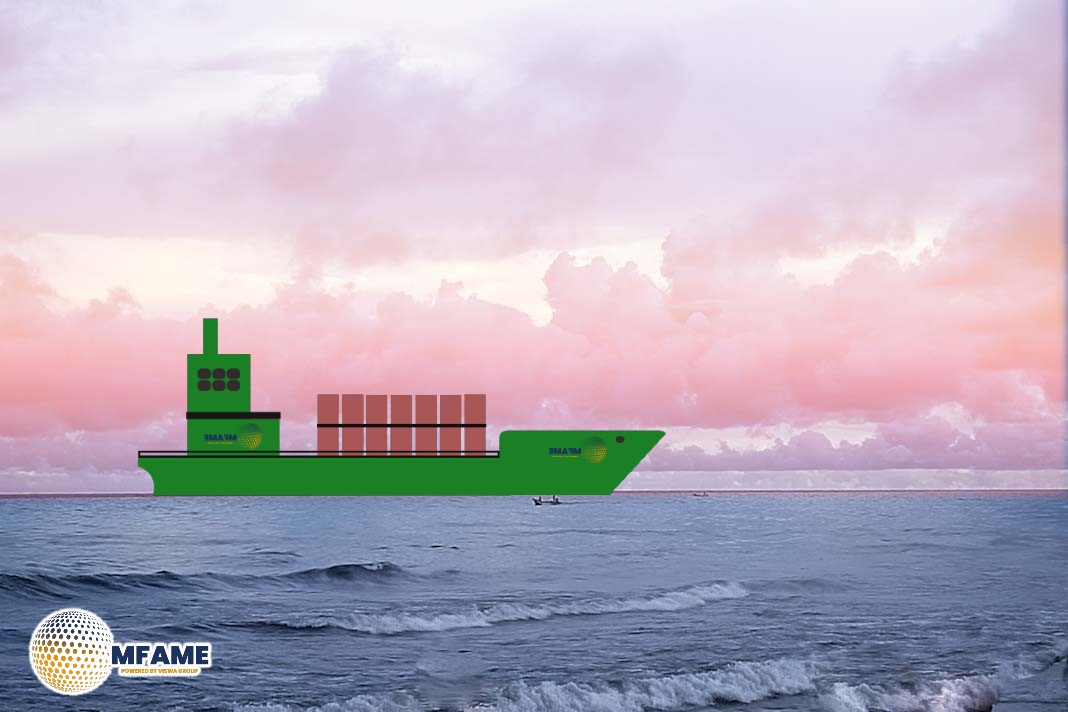In the Western Australia region, there’s a notable level of inquiries for cargo shipments scheduled for mid-April. Additionally, some operators are already seeking vessels for shipments in early May. In Eastern Australia, peripheral cargo volumes are also showing a healthy trend. Regarding the C3 route from Brazil and West Africa, there’s an emerging increase in cargo availability for the first half of May, with a few shipments also being scheduled for late April, reports Fearnleys.
Capesize
The Pacific spot tonnage market is experiencing a tightening trend as mid-week approaches. This is due to prompt vessels being cleared earlier in the week and a significant number opting to ballast westward. Consequently, the availability of vessels for May dates is increasing, while only a few sellers remain for the latter half of April dates.
The week began with C5 (a specific route or index) concluding at mid-to-high USD 8 per metric ton (pmt) levels and has since risen to low-to-mid USD 9 pmt levels. Similarly, on C3, buyer prices are generally in the mid-USD 21 pmt range, while sellers are targeting high-USD 22 pmt levels.
Panamax
The Panamax market is at a critical juncture, with the upcoming second wave of soybean exports from the East Coast of South America (ECSA) expected to provide short-term support and maintain current rate levels. However, there are emerging signs of weakness in the Atlantic region:
- Softening in the North Atlantic: Mineral demand is decreasing, and tonnage availability is increasing.
- Stable Grain Activity (South Atlantic): This contrasts with the North Atlantic, as grain-related activity maintains stability.
The Pacific market presents a more complex picture:
- Holiday-Induced Inactivity: This is contributing to market uncertainty.
- Declining Cargo Interest: There’s reduced interest from NoPac (North Pacific) and Australia.
- Owner Resistance: Despite the uncertainty, owners are resisting lower rates.
Overall market fundamentals are relatively balanced, and the limited availability of ballast vessels heading toward ECSA is reducing immediate downside risks. However, several factors suggest a cautious outlook and potential gradual weakening beyond the current seasonal peak:
- Macroeconomic Headwinds: These are creating general economic uncertainty.
- Lower Year-on-Year Coal Shipments: Coal volumes are down compared to the previous year.
- Fading U.S. Grain Activity: U.S. grain shipments are declining.
Supramax
The overall tanker market was characterized by low activity and mixed feelings this week. Here’s a regional breakdown:
- US Gulf: The market remained fragile, with limited new business.
- South Atlantic: There were some positive developments for transatlantic voyages.
- Continent-Mediterranean: Activity was sluggish, with only a few fixtures reported.
- Asia: The Asian market continued to weaken due to an excess of available vessels and a lack of inquiries.
- Global Holidays: Market activity was generally subdued due to global holiday observances.
- Continent-Mediterranean (Rates): Only minor rate adjustments were observed.
- US Gulf & South Atlantic (Activity): Fixture activity was limited, but slight rate improvements were noted.
- Asia (Demand): Demand was slow, but market sentiment remained steady.
Did you subscribe to our daily Newsletter?
It’s Free Click here to Subscribe!
Source: Fearnleys
























